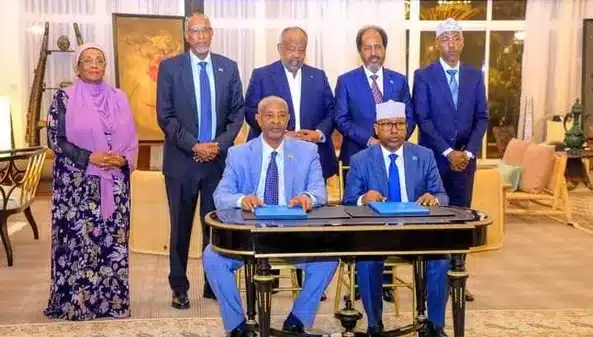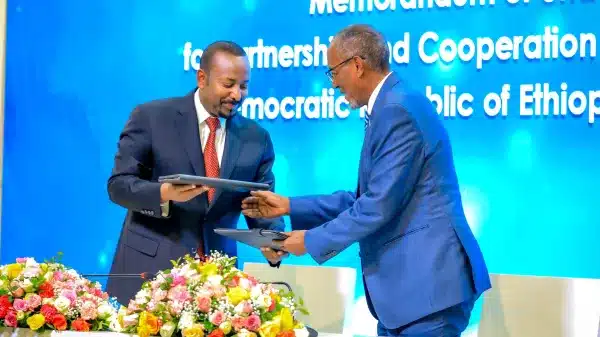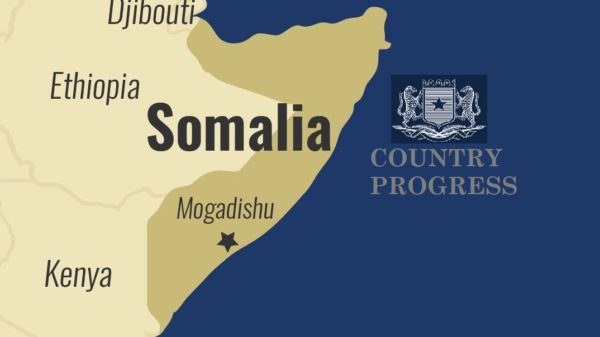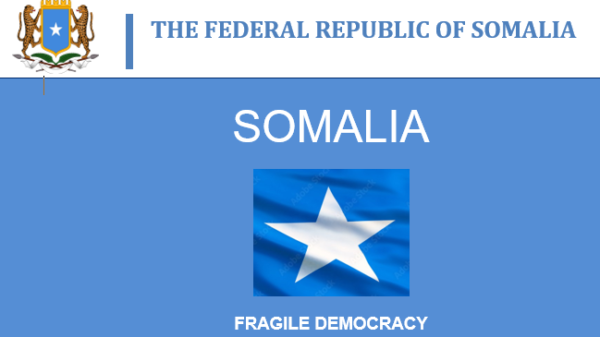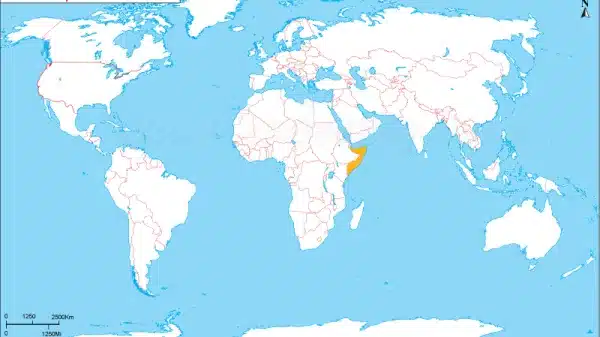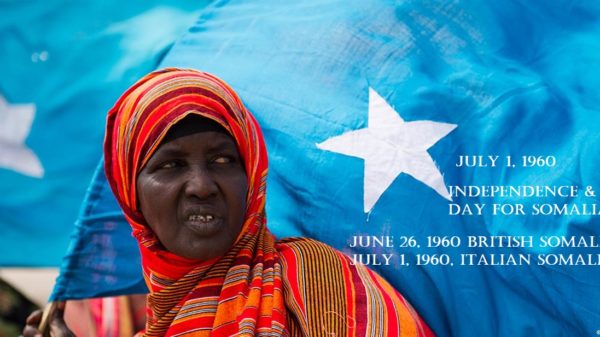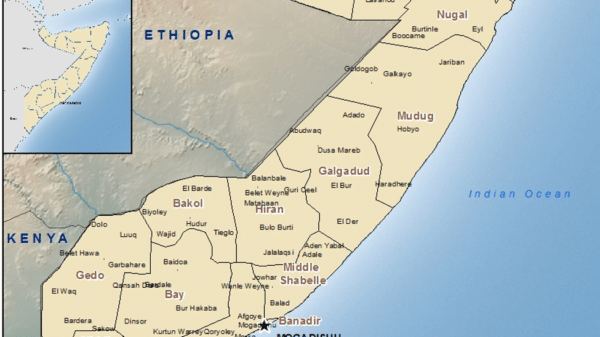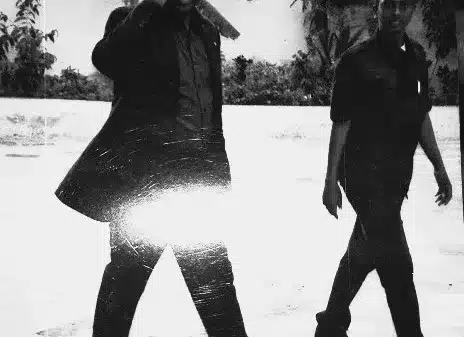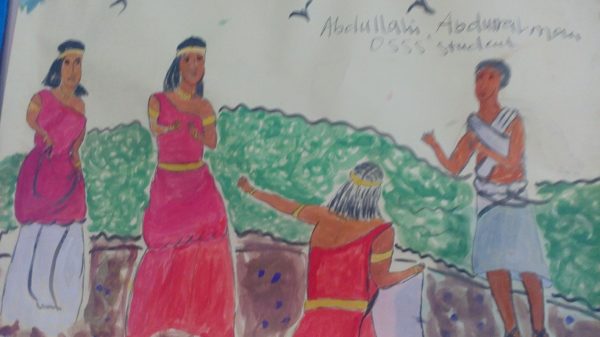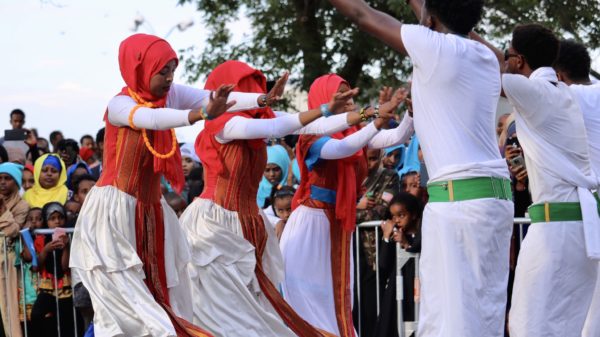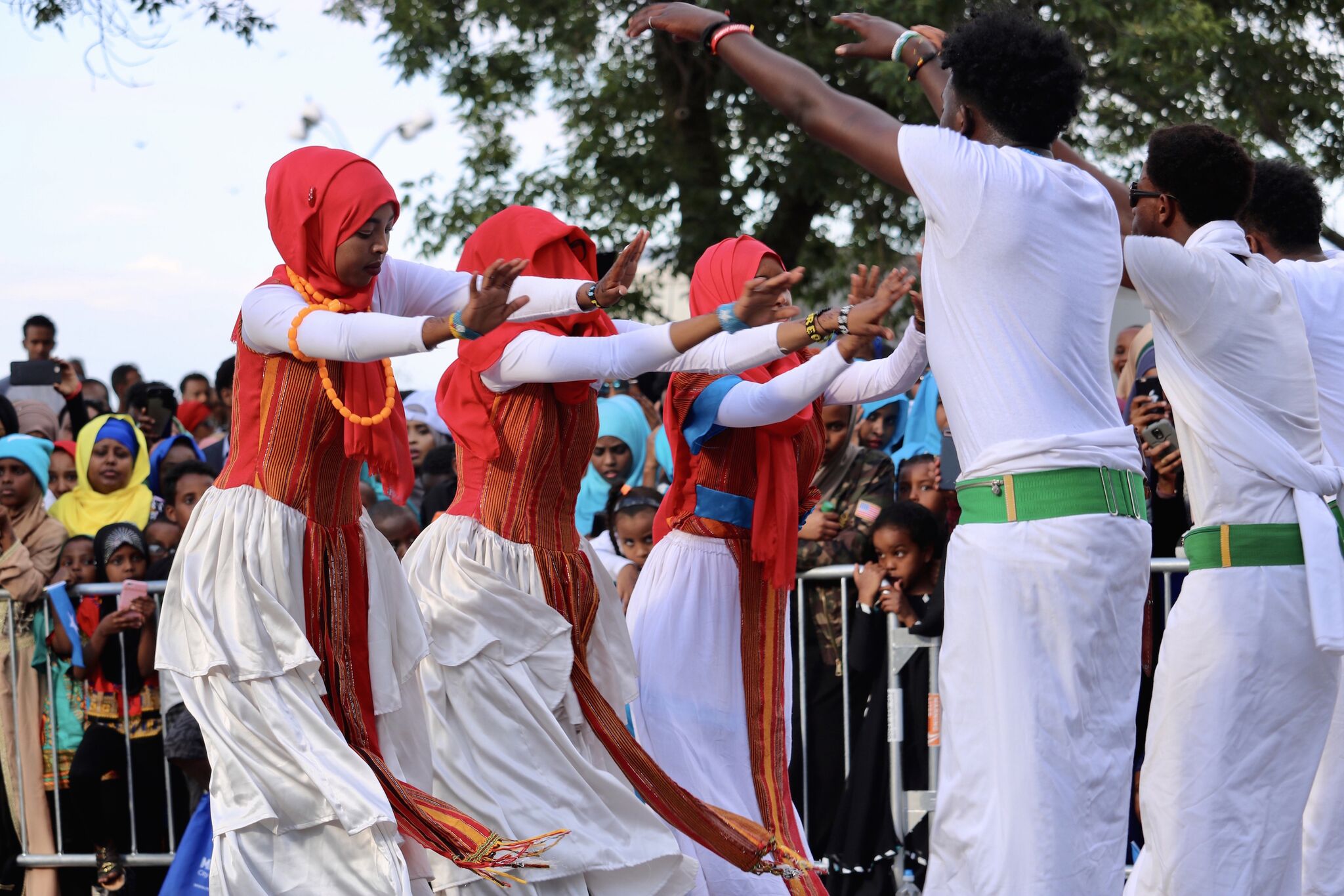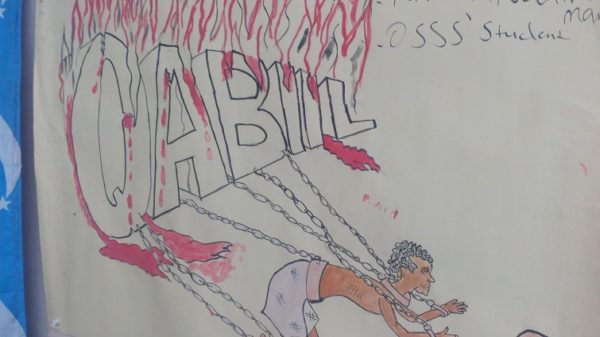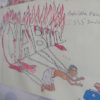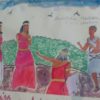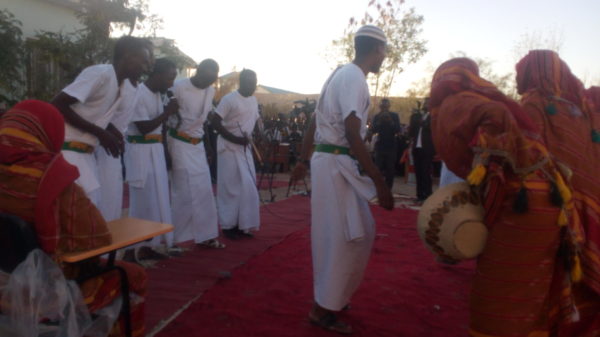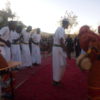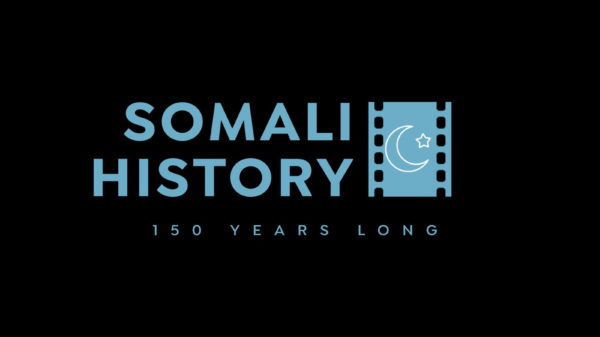Embedded within Somali culture is the traditional dance form known as Dhaanto, which encapsulates the strength, spirit, and resilience of the Somali people. Through its blend of rhythm, poetry, and movement, Dhaanto has become an integral part of social gatherings, celebrations, and even political events. This article explores the significance of Dhaanto in preserving Somali cultural heritage and fostering a sense of community.
Rhythmic Harmony and Elegance: Dhaanto is renowned for its lively rhythms and the graceful swaying of its performers. Accompanied by melodious Somali music, this dance form showcases a unique bond between rhythm and movement. As a lead singer, often referred to as “gabya,” recites poetry in a rhythmic manner, participants form a circle and come together, either by holding hands or linking arms around each other’s shoulders. The synchronized footwork and body movements create a captivating visual spectacle, brimming with energy and laden with emotion.
Unveiling Cultural Heritage: Beyond its aesthetic appeal, Dhaanto holds a deeper historical and cultural significance. Many of its songs tell tales of bravery, love, and resilience that have been passed down through generations, reaching back centuries. Through the medium of this dance, Somalis ensure the preservation of their cultural heritage, providing a glimpse into Somalia’s ancient history. It serves as a means of passing down stories from one generation to the next, ensuring that the legacy of their ancestors remains alive.
The Symbolic Essence of Dhaanto: Dhaanto goes beyond mere entertainment; it serves as a symbol of unity and community among Somalis. Engaging in this dance form allows individuals to pay homage to their shared history, affirm their identity, and strengthen social bonds. It acts as a powerful reminder of the collective memories, experiences, struggles, and triumphs that have molded the Somali people. Dhaanto stands as a testament to the resilient spirit of a nation that has overcome challenges and continues to flourish.
Dhaanto as a Catalyst for Change: In recent times, Dhaanto has emerged as a catalyst for societal change and heightened awareness on various matters. Its ability to dynamically adapt has made it an effective tool for addressing social issues like gender inequality, poverty, and political challenges. By harnessing the power of its poetic verses, Dhaanto empowers artists to create compelling narratives that spark conversations and foster a sense of unity. This dance form’s versatility positions it as a powerful force for promoting social transformation and promoting consciousness on a diverse range of topics.
In closing, it can be observed that Dhaanto, a traditional Somali dance, holds great significance in preserving the cultural heritage of the nation famously referred to as “the nation of poets”. This compelling dance not only showcases the vibrant tapestry of Somali culture but also serves as a poignant reminder of the strength and resilience exhibited by the Somali people throughout history. Through its rhythmic harmony, commitment to safeguarding ancestral narratives, and profound symbolism, Dhaanto contributes immensely to the commemoration and safeguarding of Somali cultural identity, guaranteeing that future generations will continue carrying forward the legacy of their predecessors.
In summary, Dhaanto serves as a paramount illustration of the vital role that cultural dances play in Somali society, acting as stewards of history and bridging the gap between different generations through mesmerizing musical rhythms, captivating poetry, and elegant choreography. The symbolic significance of this form of expression not only embodies the indomitable spirit of the Somali people but also acts as a catalyst for transformative change and social progress. As we delve deeper into exploring and appreciating Somalia’s rich cultural heritage, Dhaanto emerges as an enchanting and indispensable element intricately interwoven within the tapestry of this great nation.





